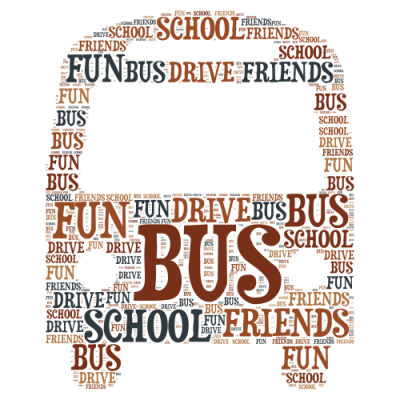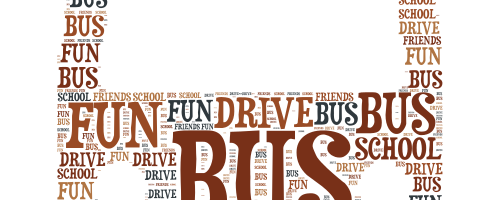For many ESL students, writing in English can be stressful. Every writer experiences a fear of writing something bad, and that fear is made so much worse when the writer isn’t confident with the language. To make ESL students feel more comfortable expressing themselves through writing, build their confidence with fun activities that they are personally interested in! Use these to build reading, writing, listening, and comprehension skills in creative ways.
Postcards
Have students make their own postcards for a friend or family member from a vacation they’ve been on, a dream vacation, or a fun place they’ve visited. They can describe the place, what they’ve seen, and what they’ve done. On the other side, they can draw something based on what they wrote.
Collaborative Story
This can be written down or done orally. Start off with an introductory sentence and pass it off to a student. That student adds their own sentence and passes it off to someone else. See how silly the story can get! To make it a little more difficult when doing this activity on paper, cover up all of the story except for the last sentence when passing it around. Then, students have to think more about what is happening (and the final product gets even funnier).
Association
First, play a short word association game. Say a random word, and ask a student to say a word they think of when they hear that. Keep it going as long as you want, having each student say a word based on what the student before them said. (Example: airplane – sky – clouds – fluffy – blankets – bed) The longer the chain, the harder this activity will be, so keep that in mind based on the students you are working with. Have the students write their own short stories using all of the words.
Future Poems
Based on the students’ knowledge of poems, this may require a longer introduction with some examples. For the activity, have the students write poems about what they think the future will be like. Encourage them to use all of their senses- have them close their eyes and spend time thinking about it. After they write, scramble the poems up, hand them out randomly, and have them draw pictures based on the poem they got. They can then go around and show the writers the drawings!
Story Rewriting
Read a story out loud or play a recording of one. Do this as many times as it takes to get the students comfortable with their understanding of the story. Then, have each student pick out one element from the story that they liked, like a character, the setting, or a moment from the plot. With this, they can write out their own story or create a storyboard.
Bookmaking
Give each student a series of pictures that tell a story. They can organize these pictures into whatever order they want. Using these, they can tell a story by writing captions underneath each picture and decorating each page. Glue these pages together to make little books!
Coloring with Words
Hand out coloring book pages. Instead of having them color normally, show the students some examples of word art. They can use colored pencils or crayons to “color” each object with the name of the object and words they associate with it. Here’s an example:

